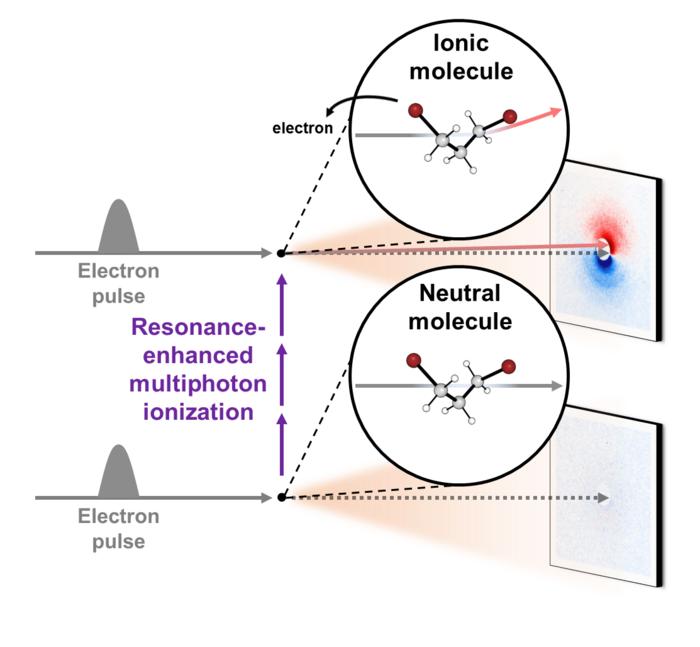Achieving real-time ionization insights is no longer an impossible mission. Researchers have developed a new technique that enables the real-time capture of the ionization process and subsequent structural changes in gas-phase molecules.
Ions play vital parts in our daily lives, from regulating our nerve impulses and muscle movements to powering electronic devices such as laptops or even electric vehicles. However, due to experimental complexities, capturing the ephemeral moments ion’s formation and molecular structural transitions have always been a headache to scientists who study dynamics of ions, an important area in science and technology advancements.
First, the researchers focused on cations of 1,3-dibromopropane (DBP), which later transformed into an unusual intermediate in which four atoms are encompassed with a ring structure. After that, the loosely attached bromine atom eventually disengaged, and a bromonium ion would be formed by the structure of the remaining three atoms.
Then, in order to observe ion existence under high reactivity, the researchers also employed the resonance-enhanced multiphoton ionization (REMPI) technique to help with the mass production of particular ions while lessening random compound dissociation. After the experiment, it was concluded that the generated gas ions maintained a specific form before undergoing sudden transformations.
Next under the leadership of Director Ihee Hyotcherl, researchers at the Center for Advanced Reaction Dynamics (CARD) in the Institute for Basic Science (IBS), with the assistance of an enhanced mega-electron-volt ultrafast electron diffraction (MeV-UED) technique, have successfully captured, in real time, the entire ionization process and structural changes in gas-phase molecules. The technique also helps them to observe ion movements in a faster and finer way.
The research is a groundbreaking achievement as it will have an impact on future exploration in astrochemistry, as well as the design of diverse chemical reactions, according to Dr. Heo Jun, the primary author. It was first published in Nature.







